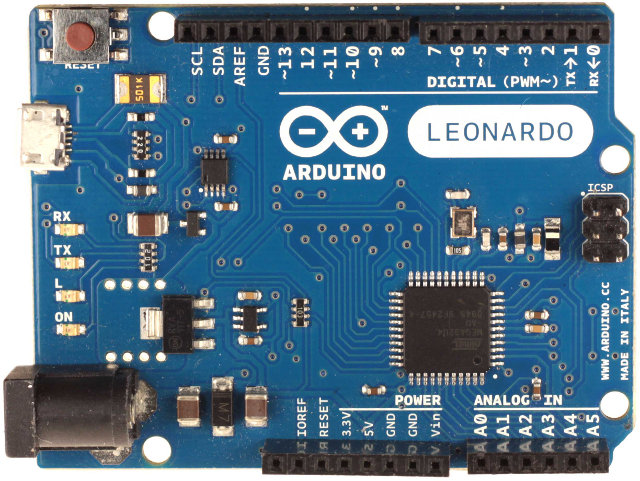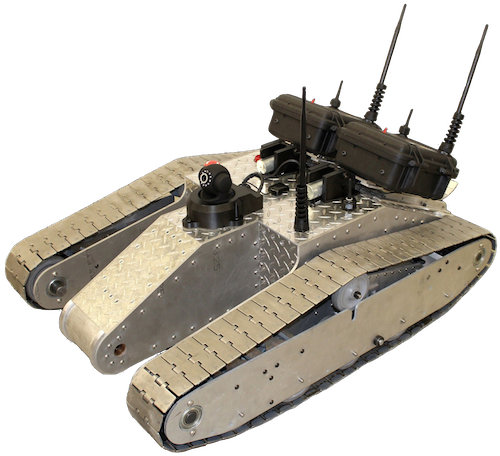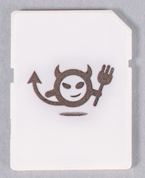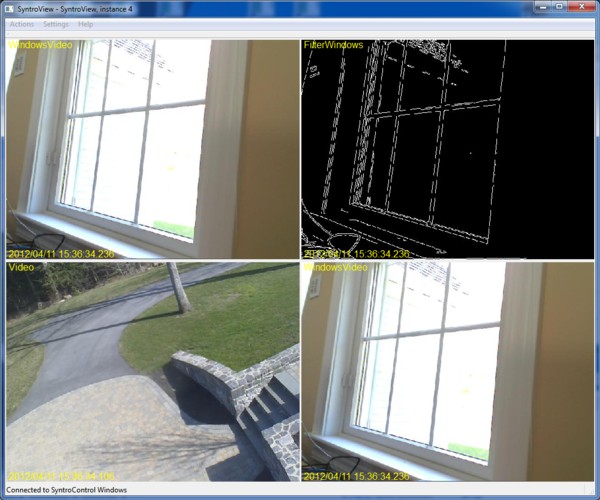Fedora will give away over 200 open hardware devices as part of its Summer of Hardware initiative to Fedora contributors. 150 Raspberry Pi boards, 50 OLPC 1.75 laptops and 20 Arduino boards and shields will be freely distributed to randomly selected candidates. In order to qualify, you must have a Fedora Project account, have signed the Fedora Project Contributor Agreement, be a member of at least one non-CLA / FPCA Fedora Group and be resident in one of the following country/region: Australia (excluding the states of New South Wales and the Australian Capital Territory), Belgium, Canada (excluding Quebec), Germany, India, Japan, the Netherlands, New Zealand, Singapore, South Korea, Spain, Sweden, United Kingdom, or the United States (excluding New York and Florida). To apply, you need to fill an application form by the 15th of August where you select your preferred device and enter your full name, Fedora account information and […]
How to Get Free Hotel Rooms with An Arduino Board and a Resistor
Earlier this week, Cody Brocious (Daeken) gave a presentation at the Black Hat conference in Las Vegas showing how it was possible to hack and open hotel door locks (Onity HT lock systems), using an Arduino Mega 128 board, a 5.6 kOhm resistor and a DC barrel plug to physically mate with the lock (Total price: around $20). He explains that 4 million hotel rooms are fitted with this type of lock, which means you could potentially stay for free anywhere in the world. Obviously, you could also end-up in another type of room (including free food) for a longer period of time. That looks like a win-win situation to me 🙂 Each locks contain a 32-bit unique value (sitecode) that identifies a property, and is used for encryption. Cody’s Arduino’s based solution can communicate with the lock over a 1-wire communication protocol read memory to get the sitecode (no […]
16 Euros Arduino Leonardo Board is Now Available
Arduino Leonardo is a new Arduino board with a 16 MHz Atmega32U4, 2.5KB RAM, 32 KB of Flash memory, 20 digital I/O, 12 analog inputs and 7 PWM outputs. In this version the MCU takes care of USB communication with the host, whereas for Arduino Uno, a separate chip is required to take care of this, which makes Arduino Leonardo cheaper than Uno. Here’s a summary of Arduino Leonardo specifications: Microcontroller – Atmel ATmega32u4 @ 16 MHz SRAM – 2.5 KB onchip (ATmega32u4) Flash Memory – 32 KB onchip (ATmega32u4) of which 4 KB used by bootloader EEPROM – 1 KB onchip (ATmega32u4) Operating Voltage – 5V Input Voltage – (recommended) 7-12V | (limits) 6-20V Digital I/O – 20 pins PWM – 7 channels Analog Input – 12 channels DC Current per I/O Pin – 40 mA DC Current for 3.3V Pin – 50 mA Watch the video to get […]
AnDevCon IV Classes and Workshops Schedule
AnDevCon is a technical conference for software developers building Android apps, and the fourth Android developer conference will take place in San Francisco on December 4-7, 2012. The organizers have already listed the schedule, including details about the workshops and classes which will take place at the conference. The 4th of December is reserved for workshops, and the other 3 days can be spent on shorter classes. All workshops will provide sample code, as well as most classes, excluding the overview session and business related sessions. There will be three full day Android workshops: Android Development Boot Camp – Hands-on introduction to Android application development and the tools essential to the process. Beyond an introduction to the basics, this workshop also covers some of the common hurdles met with development, and how to overcome them. You will also have the opportunity to build an Android app of your own where […]
WiFi Tank Based on EEE PC, Arduino, Ubuntu and Node.js
Eight computer and electrical engineers built a WiFi Tank (Node.js robot) as part of a senior design project at Northeastern University, in Boston, Massachusetts. The robot brain is an EEE PC running Ubuntu, together with an Arduino board and is programmed using node.js. Each tank is equipped with a camera and 2 customized Wi-Fi repeaters (which it can drop it extend range), and it’s targeted at military operations or disaster-affected areas where network infrastructure is not available. Here are the key characteristics of this robot Robot controlled over WiFi 102 cm long, 71 cm wide, 41 cm tall, about 68 kg. Custom-built (except for treads) out of aluminum Range: 1 km with one on-board router and two droppable long-range repeater modules Running time: ~12 hours On-board webcam with microphone, night vision, pan and tilt On-board GPS for location tracking Custom-made remote user interface, works on any device with a web […]
Willow Garage Launches The Open Source Robotics Foundation (OSRF)
Willow Garage announces the formation of the Open Source Robotics Foundation (OSRF), an independent, non-profit organization founded by members of the global robotics community whose goal is to support the development, distribution, and adoption of open source software for use in robotics research, education, and product development. The OSRF Board of Directors is composed of the following members: Wolfram Burgard. Dr. Burgard, a professor at the University of Freiburg, heading the Laboratory for Autonomous Intelligent Systems. His major research interests lie in mobile robotics, state estimation and control, as well as artificial intelligence. Ryan Gariepy, co-founder and CTO of Clearpath Robotics. Clearpath Robotics is a company specializing in the design and manufacture of unmanned vehicle solutions for industrial R&D. Brian Gerkey, Director of Open Source Development at Willow Garage who has worked on the open source Robot Operating System (ROS) since 2008. Dr. Gerkey will be CEO of the OSRF. Helen […]
25 USD Hacker Friendly Electric Imp “WiFi-ises” Your Coffee Machine
Electric Imp is a device in an SD card form factor that aims at providing Wi-Fi connectivity to household appliances at low cost and bringing the Internet of Things (IoT) closer to reality. The Imp will also connect to a Cloud service handled by the company (which is also called Electric Imp). The device Wi-Fi connection can easily be configured using an iOS or Android smartphone thanks to BlinkUp, a patent-pending scheme supporting WEP, WPA and WPA2 encryption schemes as well as WPS setup. Electric Imp developers expect this device to save resources (e.g. electricity) by taking into account environmental conditions (e.g. occupancy, temperature..), improve security & safety and overall provide better monitoring and control of devices. For example, this could enable support services to remotely diagnose a device, and provide timely customer support. Here are the Electric Imp hardware specifications: ST Micro STM32 Cortex M3 MCU 802.11b/g/n WiFi 6 […]
Syntro 0.5.0 Cross-platform C++ Framework for Distributed Sensor Networks
Pansenti has announced the first release of Syntro (version 0.5.0), a cross-platform framework for creating distributed sensor networks. Syntro is an open source C++ library and a set of applications based on Qt 4.7. The source code is released under the GPL license. Syntro has been developed on the following platforms: Linux Fedora 16 Ubuntu >= 10.10 Mac OS 10.7 Windows 7 Syntro can run on x86 targets as well as ARM based Pandabord, Beagleboard and Beaglebone development boards (Ubuntu only). Syntro is based on the following “SyntroCore” applications: SyntroExec – Start up and management of Syntro apps. SyntroControl – Message switching and multicast distribution. SyntroStore – Multicast stream capture. SyntroCFS – Cloud file storage. SyntroReplay – Multicast stream generation. SyntroLog – Network-wide logging. Some demo applications using one or more webcams and the OpenCV library are also available: SyntroCamera – Capture a stream from a video device (such as […]









